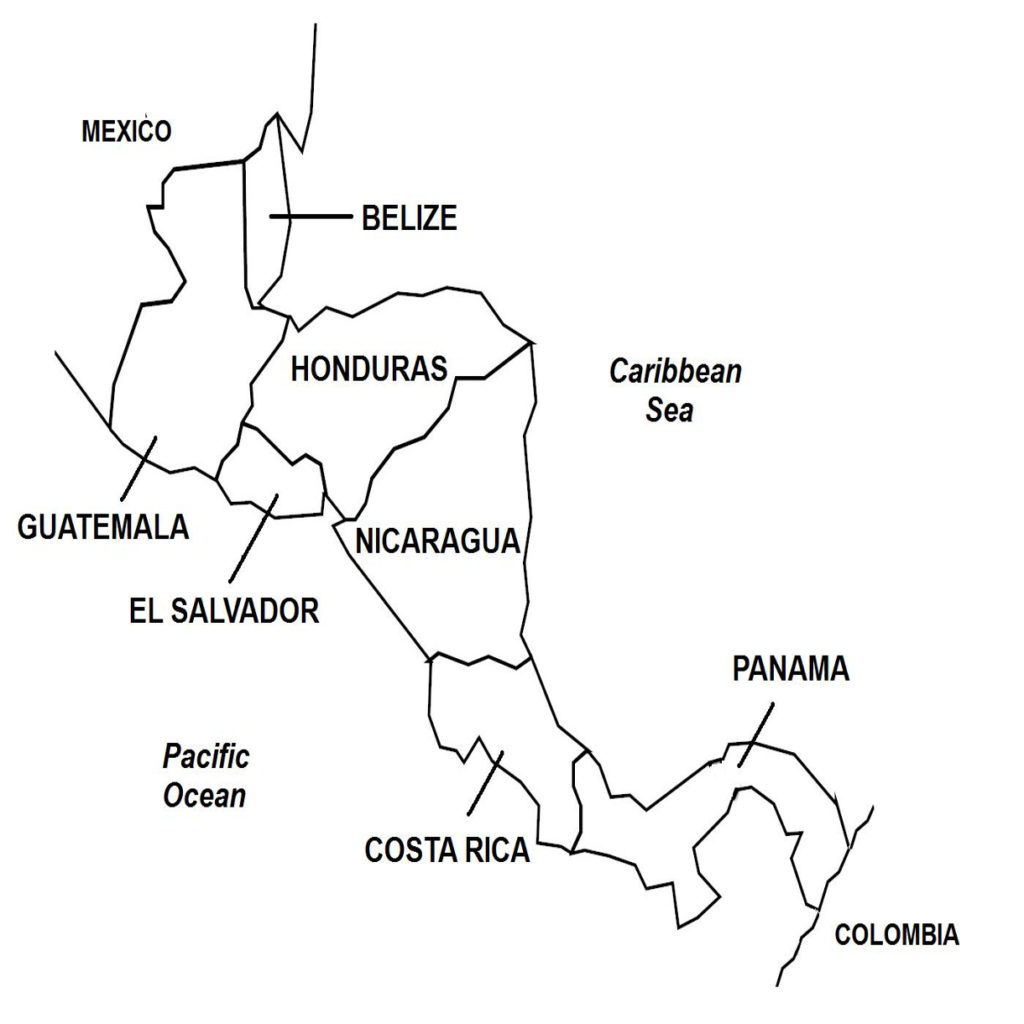On September 17, 1980, Nicaragua’s former president, Anastasio Somoza Debayle, was assassinated in Paraguay. Somoza had been overthrown by Sandinista rebels in a revolution 14 months earlier, fleeing into exile on July 17, 1979 first to the United States and then settling in Paraguay after the U.S. government denied his entry. The Sandinistas, so-named from the socialist organization, Sandinista National Liberation Front (Spanish: Frente Sandinista de Liberación Nacional), took over power in Nicaragua after waging a lengthy struggle since 1961 (called the Nicaraguan Revolution) .

The Sandinistas took over the government, allowing a civilian junta that had been set up earlier by the opposition coalition to rule the country. The junta represented a cross-section of the political opposition and was structured as a power-sharing government.
Non-Sandinista members of the junta soon resigned, as they felt powerless against the Sandinistas (who effectively controlled the junta) and feared that the government was moving toward adopting Cuban-style socialism.
(Excerpts taken from Nicaraguan Revolution – Wars of the 20th Century – Volume 1)
By 1980, the Sandinistas had taken full control of the government. The country had been devastated by the war, as well as by the corruption and neglect by the previous dictatorial regimes. Using the limited resources available, the Sandinista government launched many programs for the general population. The most successful of these programs were in public education, where the country’s high illiteracy rate was lowered significantly, and in agrarian reform, where large landholdings, including those of ex-President Somoza, were seized and distributed to the peasants and poor farmers. The Sandinista government also implemented programs in health care, the arts and culture, and in the labor sector.
U.S. President Jimmy Carter was receptive to the Sandinista government. But President Ronald Reagan, who succeeded as U.S. head of state in January 1981, was alarmed that Nicaragua had allowed a communist toehold in the American continental mainland, and therefore posed a threat to the United States. President Reagan believed that the Sandinistas planned to spread communism across Central America. As evidence of this perception, President Reagan pointed out that the Sandinistas were arming the communist insurgents in El Salvador. Consequently, President Reagan prepared plans for a counter-revolution in Nicaragua that would overthrow the Sandinista government. The Nicaraguan Counter-Revolution would last until 1990.
Background In 1961, the revolutionary movement called the Sandinista National Liberation Front was formed in Nicaragua with two main objectives: to end the U.S.-backed Somoza regime, and establish a socialist government in the country. The movement and its members, who were called Sandinistas, took their name and ideals from Augusto Sandino, a Nicaraguan rebel fighter of the 1930s, who fought a guerilla war against the American forces that had invaded and occupied Nicaragua. Sandino also wanted to end the Nicaraguan wealthy elite’s stranglehold on society. He advocated for social justice and economic equality for all Nicaraguans.
By the late 1970s, Nicaragua had been ruled for over forty years by the Somoza family in a dynastic-type succession that had begun in the 1930s. In 1936, Anastacio Somoza seized power in Nicaragua and gained total control of all aspects of the government. Officially, he was the country’s president, but ruled as a dictator. Over time, President Somoza accumulated great wealth and owned the biggest landholdings in the country. His many personal and family businesses extended into the shipping and airlines industries, agricultural plantations and cattle ranches, sugar mills, and wine manufacturing. President Somoza took bribes from foreign corporations that he had granted mining concessions in the country, and also benefited from local illicit operations such as unregistered gambling, organized prostitution, and illegal wine production.
President Somoza suppressed all forms of opposition with the use of the National Guard, Nicaragua’s police force, which had turned the country into a militarized state. President Somoza was staunchly anti-communist and received strong military and financial support from the United States, which was willing to take Nicaragua’s repressive government as an ally in the ongoing Cold War.
In 1956, President Somoza was assassinated and was succeeded by his son, Luis, who also ruled as a dictator until his own death by heart failure in 1967. In turn, Luis was succeeded by his younger brother, Anastacio Somoza, who had the same first name as their father. As Nicaragua’s new head of state, President Somoza outright established a harsh regime much like his father had in the 1930s. Consequently, the Sandinistas intensified their militant activities in the rural areas, mainly in northern Nicaragua. Small bands of Sandinistas carried out guerilla operations, such as raiding isolated army outposts and destroying government facilities.
By the early 1970s, the Sandinistas comprised only a small militia in contrast to Nicaragua’s U.S.-backed National Guard. The Sandinistas struck great fear on President Somoza, however, because of the rebels’ symbolic association to Sandino. President Somoza wanted to destroy the Sandinistas with a passion that bordered on paranoia. He ordered his forces to the countryside to hunt down and kill Sandinistas. These military operations greatly affected the rural population, however, who began to fear as well as hate the government.
The end of the Somoza regime began in 1972 when a powerful earthquake hit Managua, Nicaragua’s capital. The destruction resulting from the earthquake caused 5,000 human deaths and 20,000 wounded, and left half a million people homeless (nearly half of Managua’s population). Managua was devastated almost completely, cutting off all government services. In the midst of the destruction, however, President Somoza diverted the international relief money to his personal bank account, greatly reducing the government’s meager resources. Consequently, thousands of people were deprived of food, clothing, and shelter.
